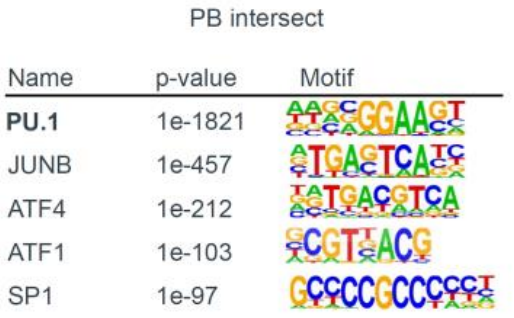Publications
Unraveling Mechanisms of Transcription Factor-Mediated cDC1 Reprogramming
Abstract
Conventional dendritic cells type 1 (cDC1s) are a rare subset of circulating immune cells that
excel in cross-presentation ability and induction of antigen-specific, cytotoxic CD8+ T cells.
The transcription factor core that controls the specification of human cDC1 is still largely unexplored. PU.1, IRF8 and BATF3 were previously identified as sufficient in inducing cDC1 fate in murine and human fibroblasts, but how these reprogramming factors engage chromatin and rewire the transcriptional profile remains to be elucidated.
Here, we have dissected the reprogramming mechanisms by performing ChIP-seq analysis of the chromatin targeting by the three reprogramming factors when expressed individually or in combination in human fibroblasts. We show that PU.1 displays dominant and independent chromatin targeting capacity at early stages of reprogramming and recruits IRF8 and BATF3 to a cohort of common genomic targets, including cDC1 and antigen cross-presentation genes. This cooperative binding is reflected by the engagement of open enhancers and promoters, disrupting transcriptional initiation of fibroblast-specific genes. We show the three reprogramming factors physically interact and reprogramming is abolished by a point mutation in IRF8 that affects interaction with PU.1. While IRF8 only depends on PU.1 for chromatin engagement, BATF3 requires both PU.1 and IRF8 expression for targeting at early stages of reprogramming. Indeed, we provide evidence for physical interaction between BATF3 and PU.1, indicating a mediating role of BATF3 in the formation of the “cDC1 reprogramming complex” to fine-tune chromatin engagement.
These results shed light on the molecular mechanisms underlying specification and reprogramming of human cDC1s and provide a platform for the generation of patient-tailored cDC1s, a long-sought DC subset for vaccination strategies in cancer immunotherapy.
